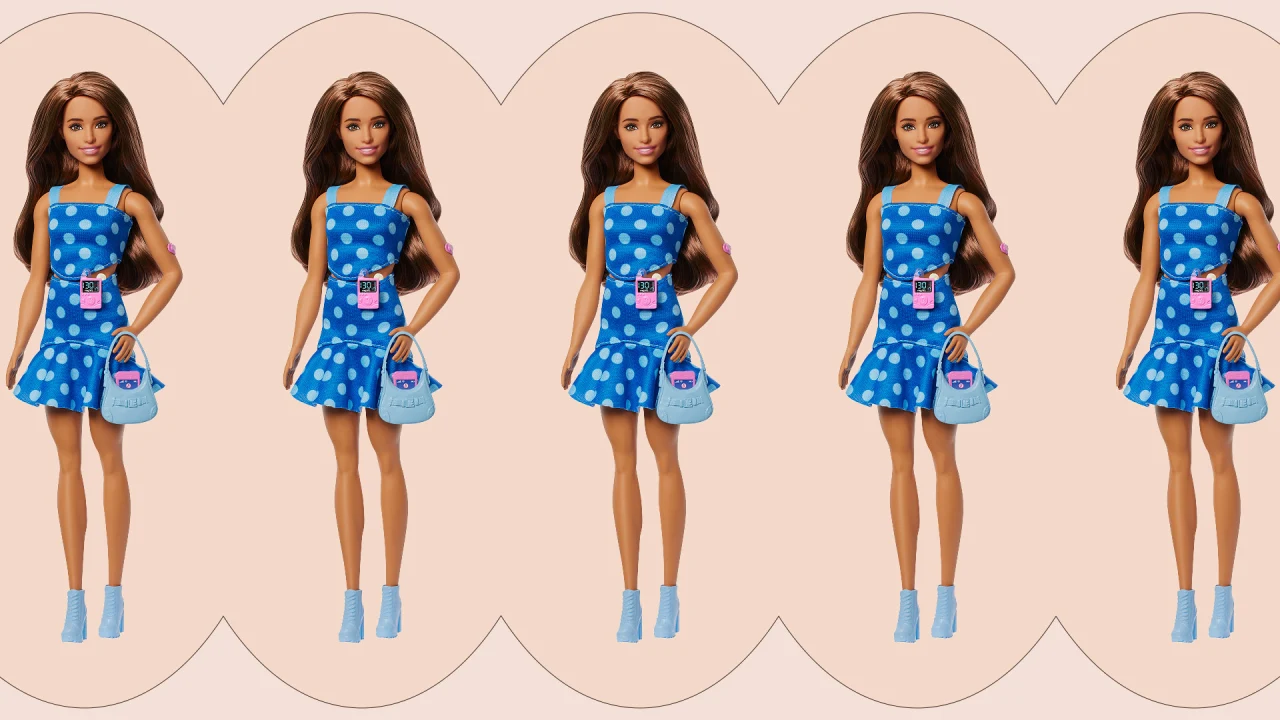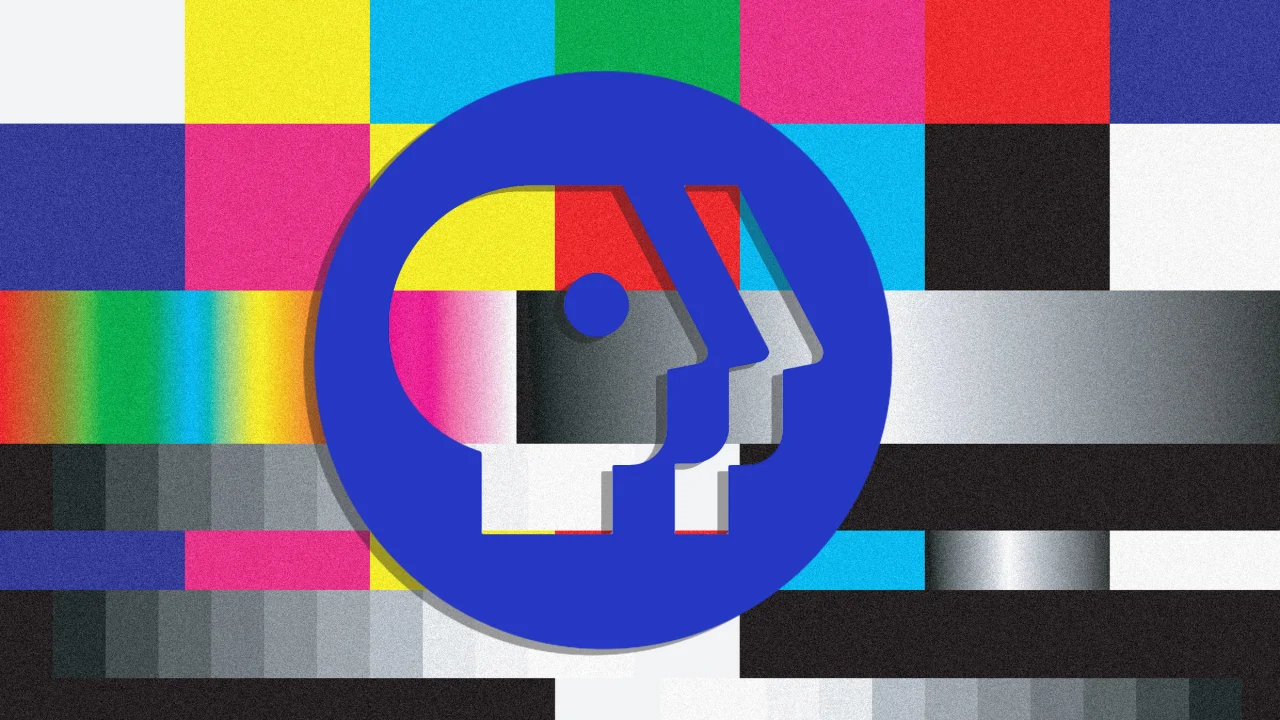Create Your Own Brand Design: A Step-by-Step Guide

Creating your own brand design starts with grasping your target audience. Researching their preferences helps you develop thorough buyer personas. Once you know who you’re addressing, defining your brand identity becomes vital. This includes establishing a unique value proposition and consistent visual elements. Next, you’ll need to craft a brand story that communicates your mission and values. Nevertheless, maintaining consistency across all platforms is fundamental for building recognition and trust. Let’s explore each of these steps in detail.
Key Takeaways

- Conduct market research to understand your target audience and create buyer personas that guide your branding efforts.
- Define your brand identity by establishing a Unique Value Proposition and compiling adjectives that reflect your brand’s character and values.
- Craft a compelling brand story that outlines your origin, mission, and values to create emotional connections with your audience.
- Design visual elements, including a color palette and typography, ensuring they align with your brand’s personality and resonate with your target audience.
- Maintain consistency across all platforms by developing a brand style guide and utilizing templates for marketing materials and social media posts.
Understanding Your Target Audience

How well do you really know your target audience? Comprehending your audience is crucial for effective brand design. You need to tailor your messaging and visuals to their specific needs and preferences.
Conduct market research through surveys and focus groups to gather insights about demographics, interests, and behaviors. Creating buyer personas, which are fictional representations of your ideal customers, helps guide your branding efforts.
For instance, if your audience prefers social media platforms, focus your marketing there. Regularly seeking feedback improves your comprehension and guarantees your brand aligns with customer expectations.
Tools like brand builder ai can streamline this process, offering data-driven insights to refine your approach and better connect with your audience.
Defining Your Brand Identity

Defining your brand identity is a fundamental step in establishing a successful presence in the market. To effectively generate an identity kit with logo, focus on these key elements:
- Unique Value Proposition: Clearly articulate what your brand stands for and how it differs from competitors.
- Adjective List: Compile adjectives that embody your brand’s character, aligning them with your purpose, vision, and core values.
- Brand Manifesto: Develop a manifesto that outlines your motivations, ensuring consistent identity reflection across all communications.
Your brand identity should be easily recognizable and relatable to your target audience.
Consistency in visual elements, such as logos, color palettes, and typography, is crucial. This cohesive approach influences perceptions and emotional connections with your brand, ultimately enhancing its market presence.
Crafting Your Brand Story

Crafting a compelling brand story is vital for establishing a strong connection with your audience. Your story should outline your brand’s origin, mission, and how you meet customer needs. By incorporating authentic elements and personal experiences, you can humanize your brand. Consider these important questions:
| Key Elements | Questions to Answer |
|---|---|
| Origin | Why was the company founded? |
| Mission | What problems does it solve? |
| Values | What values drive its operations? |
| Customer Connection | How does it resonate with consumers? |
Integrate your brand story across all marketing materials for consistency. Using a brand kit generator can help you streamline this process. Remember, a well-told story can greatly improve customer loyalty, with 55% of consumers being more likely to purchase from brands with compelling narratives.
Designing Your Visual Elements

Building on your brand story, the visual elements you choose play a pivotal role in how your audience perceives your brand.
To create a cohesive visual identity, consider these key aspects:
- Color Palette: Select colors that reflect your brand’s personality, as they convey emotions and associations.
- Typography: Choose fonts that align with your design style; this guarantees brand recognition across all materials.
- Logo Design: Your logo should be unique, memorable, and versatile, functioning well on various platforms.
Incorporating relevant imagery improves your visual identity.
Utilize an ai branding kit generator to streamline this process, helping you develop a consistent brand style guide that outlines the application of these visual elements across all marketing touchpoints.
Ensuring Consistency Across Platforms

Ensuring consistency across platforms is vital for maintaining a strong brand identity, as it reinforces recognition and builds trust with your audience.
To create a brand that resonates, make sure all elements—like logos, color palettes, and typography—are uniform. A well-defined brand style guide is important; it serves as a reference for your designers and marketing teams, outlining the correct use of brand assets and messaging.
Utilizing templates for social media posts, emails, and advertisements helps streamline your branding process. Regular audits of your marketing materials can identify inconsistencies, allowing timely adjustments.
Furthermore, cross-platform monitoring and feedback collection offer insights into how your brand message resonates, ensuring your voice remains consistent across all touchpoints.
Conclusion

In summary, creating your own brand design requires a structured approach to effectively connect with your audience. By comprehending your target market, defining a clear brand identity, crafting a compelling brand story, designing cohesive visual elements, and ensuring consistency across all platforms, you’ll establish a recognizable and trustworthy brand. Utilize tools like buyer personas and a brand style guide to maintain clarity and coherence, ultimately enhancing your brand’s impact and nurturing customer loyalty.
Image Via Envato
This article, "Create Your Own Brand Design: A Step-by-Step Guide" was first published on Small Business Trends
What's Your Reaction?
 Like
0
Like
0
 Dislike
0
Dislike
0
 Love
0
Love
0
 Funny
0
Funny
0
 Angry
0
Angry
0
 Sad
0
Sad
0
 Wow
0
Wow
0














.jpg?width=1200&auto=webp&trim=0,0,0,0#)












































































